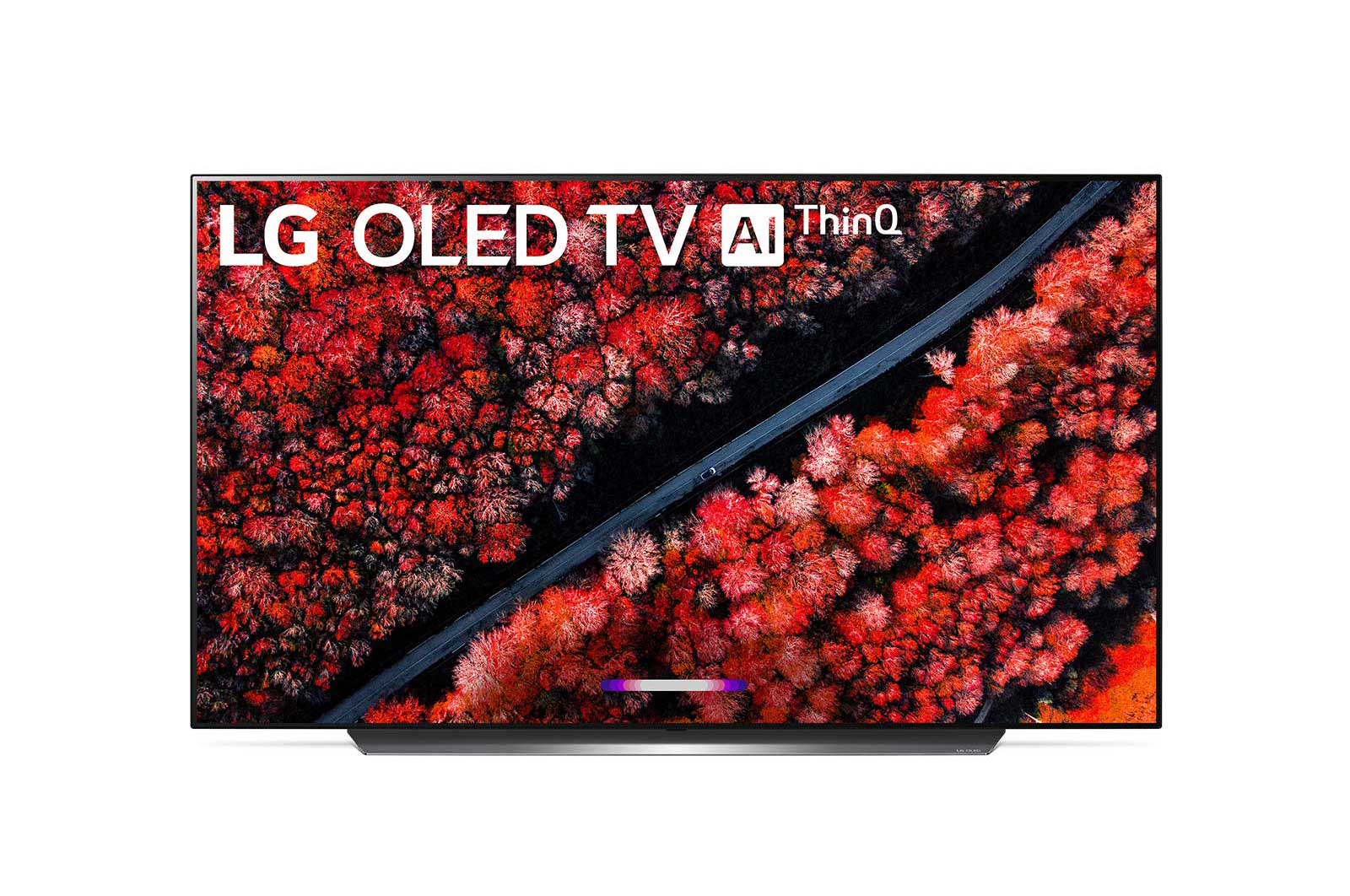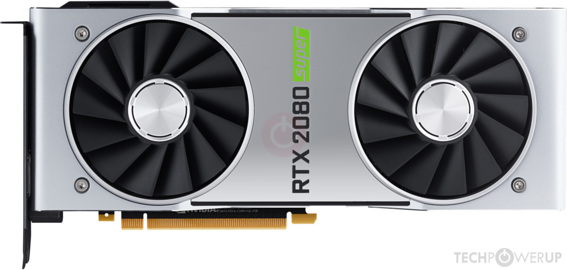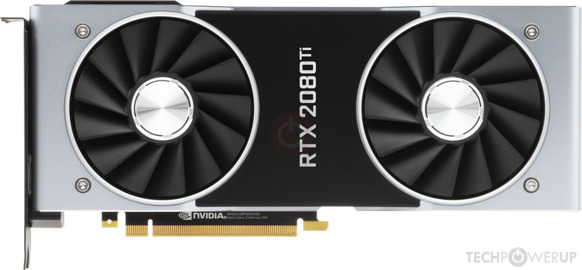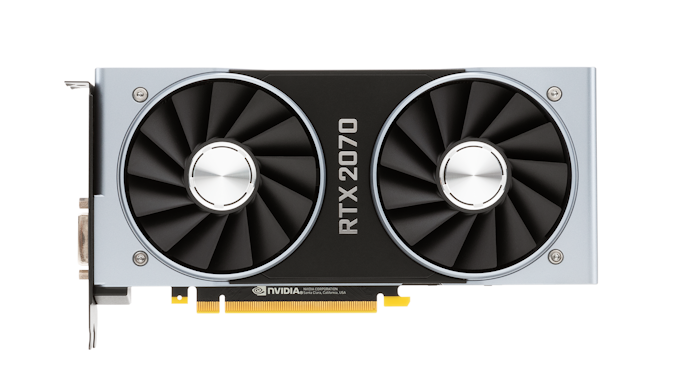- Joined
- Jul 9, 2015
- Messages
- 3,575 (0.97/day)
| System Name | M3401 notebook |
|---|---|
| Processor | 5600H |
| Motherboard | NA |
| Memory | 16GB |
| Video Card(s) | 3050 |
| Storage | 500GB SSD |
| Display(s) | 14" OLED screen of the laptop |
| Software | Windows 10 |
| Benchmark Scores | 3050 scores good 15-20% lower than average, despite ASUS's claims that it has uber cooling. |
2019s LG OLEDs wont work with Big Navi
2019 LG OLEDs support HDMI VRR, which Big Navi is highly unlikely NOT to support, please, don't spread FUD, user who registered today to post that strange message.



























